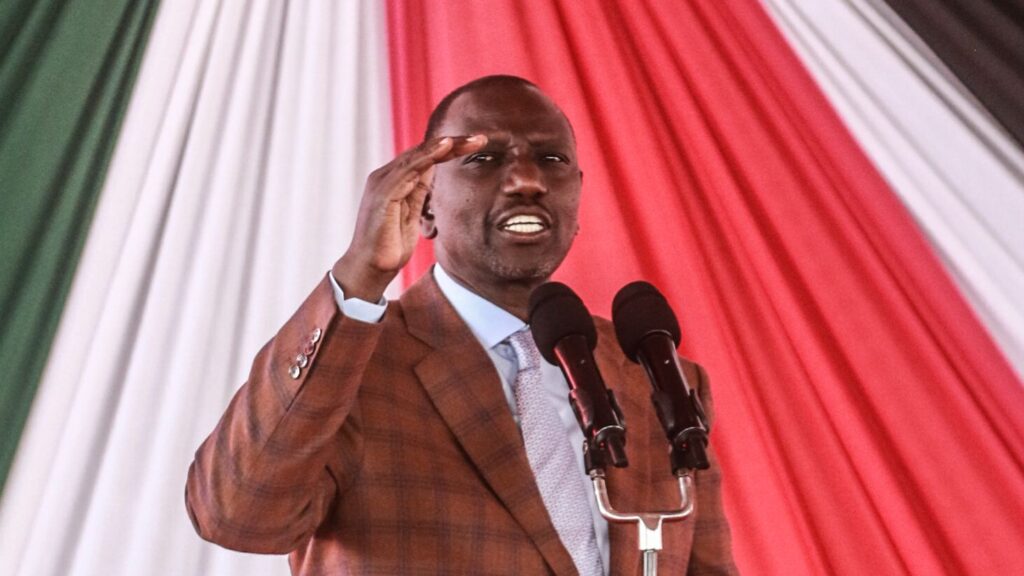By mid‑2025, President William Ruto’s incumbency is under mounting strain from economic hardship, youth unrest, and allegations of authoritarianism. Gen Z activism, fueled by protests and political satire, signals deepening discontent unless the government dramatically pivots. Although internal polling suggests roughly half of Kenyans doubt the election’s integrity, eroding public trust in the electoral commission remains a critical concern.
Institutional data and expert projections still favor Ruto, who retains strong bases in Rift Valley (85–95%) and substantial support in Nyanza and Coast through alliances with Raila Odinga and ODM. Western Kenya, if unified under the Azimio leadership of Raila, Mudavadi, and Wetang’ula, may deliver upwards of 65% to Ruto, though fragmentation there could weaken his margin.
Mt Kenya remains pivotal. The dramatic impeachment of Deputy President Rigathi Gachagua and subsequent political shifts have made the region volatile. If Gachagua aligns with Kalonzo Musyoka or another challenger, even a 30% swing could reshape the race.
Absent a cohesive opposition coalition behind a charismatic candidate, current trends suggest Ruto is poised for re‑election, with polling estimates pointing to 58–62% of the vote versus 35–38% for the fragmented opposition.

